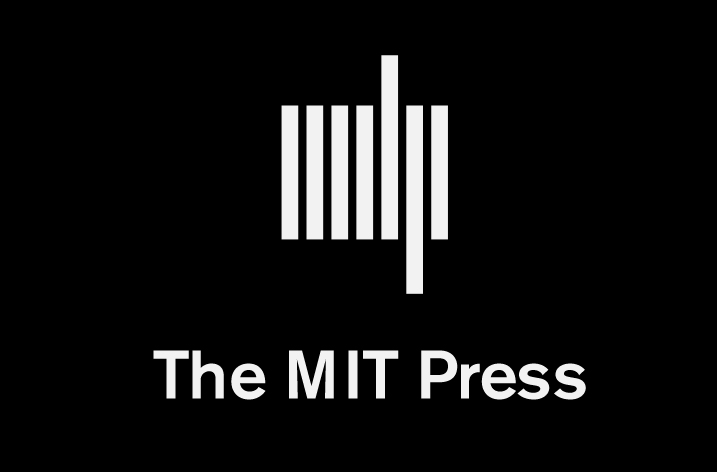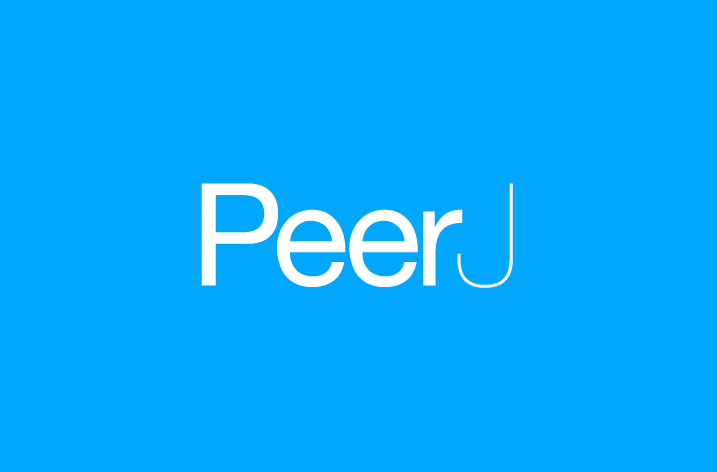
A booming open-access (OA) publishing company has dismissed virtually the entire leadership of two medical journals amid a heated conflict over editorial independence. Frontiers, based in Lausanne, Switzerland, removed 31 editors of Frontiers in Medicine and Frontiers in Cardiovascular Medicine on 7 May after the editors complained that company staff were interfering with editorial decisions and violating core principles of medical publishing.
Emotions are running high. The editors say Frontiers’ publication practices are designed to maximize the company’s profits, not the quality of papers, and that this could harm patients. Frederick Fenter, executive editor at Frontiers, says the company had no choice but to fire the entire group because they were holding up the publication of papers until their demands were met, which he likens to “extortion.”
Both journals were launched in 2014 as part of a fast-growing OA publishing company founded and run by husband-and-wife couple Henry and Kamila Markram, both neuroscientists at the Swiss Federal Institute of Technology in Lausanne. (Henry Markram is also the brain behind the controversial €1 billion Human Brain Project, which agreed to substantial reforms earlier this year after two critical reports.)
In a 13-page Manifesto of Editorial Independence that was sent to the Frontiers executive board on 23 March and posted online on 8 May, the three editors-in-chief of the two journals, along with 28 “chief editors”—who were responsible for journal sections such as Dermatology, Pathology, and Thrombosis—cited a series of problems in the way that Frontiers in Medicineand Frontiers in Cardiovascular Medicine are run.
One key issue, the manifesto says, is the power of so-called associate editors, of which each journal has about 150. These are academics who handle the review process and can accept a manuscript—after it has passed muster with two review editors—without any involvement from the editors-in-chief or field editors. (Authors can pick their “preferred” associate editor themselves.) The critics call this process “totally unacceptable” because it sidesteps the editors-in-chief, and a violation of internationally accepted standards. The World Association of Medical Editors (WAME), for instance, says that “Editors-in-chief should have full authority over the editorial content” of their journal.
Jos van der Meer, a former editor-in-chief of Frontiers in Medicine and chief editor of its Infectious Diseases section, says he was sometimes notified about the acceptance of papers that he didn’t approve of, or that he felt were handled by the wrong associate editor. (On the other hand, when a paper was rejected, Frontiers would ask him if it was the right decision, he says.) “I realized I had very little to say,” Van der Meer says. “I felt like a puppet on a string.”
The manifesto also says that Frontiers staff interfere with editorial decisions, for instance by moving manuscripts from one editor to another to accelerate review, inviting authors to write a commentary without the knowledge of editors, and sometimes “deliberately overriding” editorial decisions. The critics also object to a series of special issues put together by guest editors, called Frontiers Research Topics, that get published under their journal’s flag even though they had nothing to say about them. The whole system is designed to publish as many papers as possible, says Matthias Barton of the University of Zürich in Switzerland, who was editor-in-chief on both journals.
In a lengthy point-by-point rebuttal published on 7 May, Frontiers dismissed all of the charges and said it complies with WAME and other international guidelines. “[C]ompared to the vast majority of medical journals today, Frontiers has perhaps the cleanest division between the decision makers of the content (the external academic editors) and the drivers of the publishing business (Frontiers staff) among modern medical journals,” it says. But the statement defends the authority of associate editors to accept papers as an important principle—dubbed “distributed editorial power”—that the journals will not give up.
Fenter says that Frontiers tried to listen to and accommodate the critics’ wishes, but after the “horrible manifesto” was published, he says the group effectively put the publication of papers on hold and cut off communication with the publisher until their demands were met. “At some point we had to say, ‘If you refuse to communicate with our office, unfortunately we won’t be able to work with you anymore,’ ” Fenter says. But Van der Meer, one of the manifesto signers, says the company wasn’t willing to make fundamental changes.
Fenter fingers Barton, a former editor-in-chief of both journals, as the key instigator to the revolt. Barton “coerced others to give up their voice and band behind him, and made false and unfounded allegations,” says Fenter, who says he alerted the University of Zürich to Barton’s behavior in a letter. (“Should this be of interest to your institution’s ethics committee, I am at your disposal to address your questions or concerns,” his letter says.) Barton confirms that the letter was sent and says it is an attempt to tarnish his reputation. “They probably singled him out to punish him,” Van der Meer says.
Frontiers launched its first journal, Frontiers in Neuroscience, in 2008; since then, it has started more than 50 journals—together harboring more than 400 specialty sections—covering everything from physics and chemistry to computer science and social sciences—that together have more than 50,000 academic editors. Kamila Markram serves as the company’s CEO, while Henry Markram’s official title is Frontiers editor-in–chief—another sore point for the critics, who say that confuses the roles of editor and publisher. The company published more than 11,000 papers last year; author fees for most types of articles are $1900.
The 31 editors also complain that Frontiers has been vague about its relationship with Nature Publishing Group (NPG). In February 2013, NPG announced that it had taken a majority investment in Frontiers and that the two would work together; this 7-minute video presented it as the first partnership with another organization in NPG’s history. But not much appears to have come of the alliance, and Macmillan Science and Education, the company that owns NPG, just completed a merger with German science publisher Springer; together, the two publish more than 250 OA journals.
NPG’s name initially helped attract many associate editors to Frontiers, Barton says. Although he was asked at some point to stop using the NPG logo on letters, he was never told what happened, he says. Fenter acknowledges there is “confusion” about the collective marketing. The Holtzbrinck Publishing Group, which owns Macmillan, still has a minority share in Frontiers, but the two are operating independently, Fenter says. “We made the decision about 6 months ago to make a clean separation and never to mention again that [NPG] has some kind of involvement in Frontiers.”
Source:
























